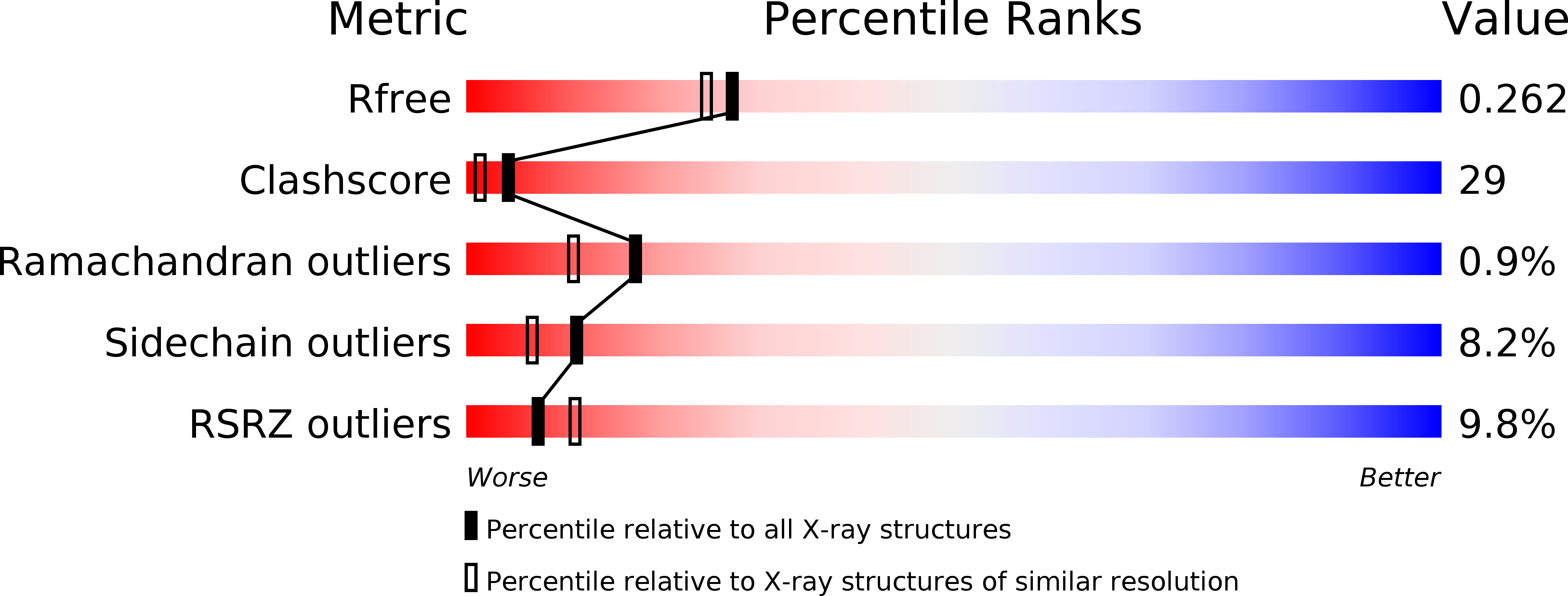
Deposition Date
2001-02-19
Release Date
2003-04-08
Last Version Date
2024-11-13
Entry Detail
PDB ID:
1I3Z
Keywords:
Title:
MURINE EAT2 SH2 DOMAIN IN COMPLEX WITH SLAM PHOSPHOPEPTIDE
Biological Source:
Source Organism:
Mus musculus (Taxon ID: 10090)
Host Organism:
Method Details:
Experimental Method:
Resolution:
2.15 Å
R-Value Free:
0.27
R-Value Work:
0.21
R-Value Observed:
0.21
Space Group:
P 21 21 2


